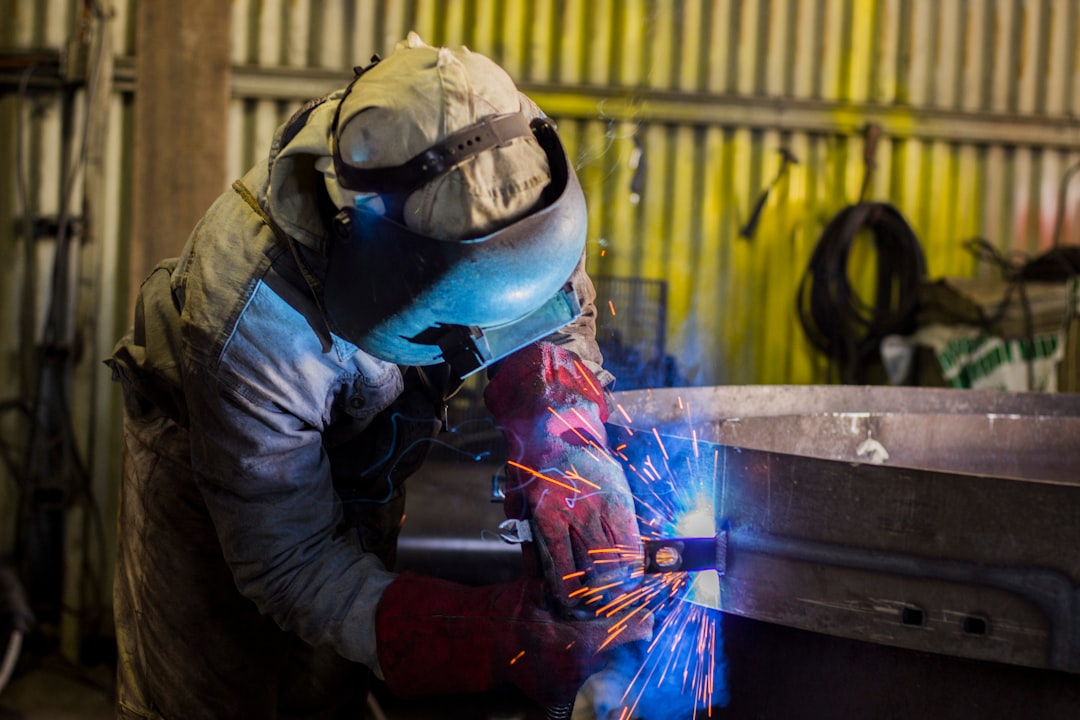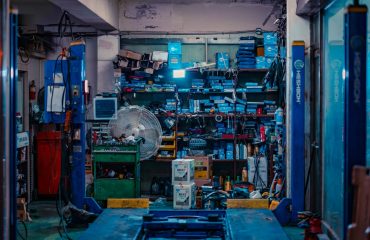Steel, a ubiquitous material in modern construction, demands a thorough understanding from civil engineers. This post delves into the crucial aspects of steel training, equipping you with the knowledge necessary to design, detail, and analyze steel structures effectively and safely.
Understanding Steel Properties and Design Principles
A strong foundation in steel’s mechanical properties is paramount. This includes understanding its yield strength, tensile strength, ductility, and modulus of elasticity. Civil engineers must be proficient in applying these properties to design calculations, ensuring structures meet required safety factors and withstand anticipated loads. This involves familiarity with various steel grades and their respective specifications, often outlined in standards like ASTM A992 and A572. Design principles encompass understanding stress-strain relationships, buckling behavior, and the application of relevant design codes like AISC (American Institute of Steel Construction) or Eurocode 3, depending on the geographical location of the project. A solid grasp of these fundamentals forms the bedrock of successful steel design.
Mastering Steel Detailing and Drafting
Steel detailing is the process of translating engineering designs into precise fabrication drawings. This involves creating detailed shop drawings that guide the fabrication and erection of steel members. Proficiency in CAD software, such as AutoCAD or Tekla Structures, is essential. Detailing requires meticulous attention to detail, ensuring accurate dimensions, connections, and material specifications. Understanding detailing standards and conventions is critical to avoid errors that could compromise structural integrity. Training should cover topics such as bolt patterns, weld symbols, beam and column designations, and the creation of accurate fabrication and erection drawings. Effective detailing ensures seamless communication between engineers, fabricators, and erectors, leading to efficient and accurate construction.
Analyzing Steel Connections: The Heart of Structural Integrity
Steel connections are crucial for transferring loads between different structural members. A thorough understanding of various connection types, such as bolted connections, welded connections, and moment connections, is crucial. Training should cover the design and analysis of these connections, including considerations for shear strength, tensile strength, and fatigue. Engineers must be able to select appropriate connection types based on load requirements and design constraints. Furthermore, understanding the behavior of connections under different loading scenarios, such as seismic events, is vital for ensuring structural safety. Analyzing connection behavior often involves using finite element analysis (FEA) software for complex scenarios.
Advanced Steel Analysis Techniques for Complex Structures
Beyond basic design calculations, civil engineers often encounter complex structures requiring advanced analysis techniques. This might involve using advanced software packages like SAP2000 or ETABS to perform nonlinear analysis, considering factors such as material nonlinearity, geometric nonlinearity, and the effects of large deformations. Understanding the principles behind these analyses and interpreting the results is crucial for ensuring the stability and safety of complex structures like high-rise buildings or long-span bridges. Training in advanced analysis techniques should also encompass the proper application of various load combinations and the consideration of dynamic effects such as wind and seismic loads.
Practical Applications and Case Studies in Steel Construction
Theoretical knowledge is only half the battle. Effective steel training should incorporate practical applications and case studies to solidify understanding and build problem-solving skills. This involves analyzing real-world projects, understanding design choices, and identifying potential challenges. Case studies can demonstrate how different design principles and analysis techniques are applied in practice. Hands-on experience, such as site visits to observe steel construction processes, or participation in workshops focusing on practical aspects of steel design and detailing, are incredibly valuable components of comprehensive training.
Mastering steel design and construction is an ongoing process requiring continuous learning and professional development. By focusing on the key aspects discussed above, civil engineers can build a robust foundation in this critical area of structural engineering.
SEO-Friendly Tags:
- Steel Design Training
- Civil Engineering Steel
- Structural Steel Design
- Steel Connections Analysis
- AISC Steel Design




